
Located in St. Louis, Missouri, United States, the Gateway Arch is also known as the “Gateway to the West.” Built right in the center of the Jefferson National Expansion Memorial, this impressive structure symbolizes the westward expansion of the United States. At 192 meters high, it is the tallest monument ever built by humans in the United States and the tallest structure in the state of Missouri.
Considered the largest arch-shaped structure in the world, this monument draws attention to its architectural success and historical significance. The structure was designed as a symbol of the country’s westward expansion following the purchase of Louisiana from France in 1803.
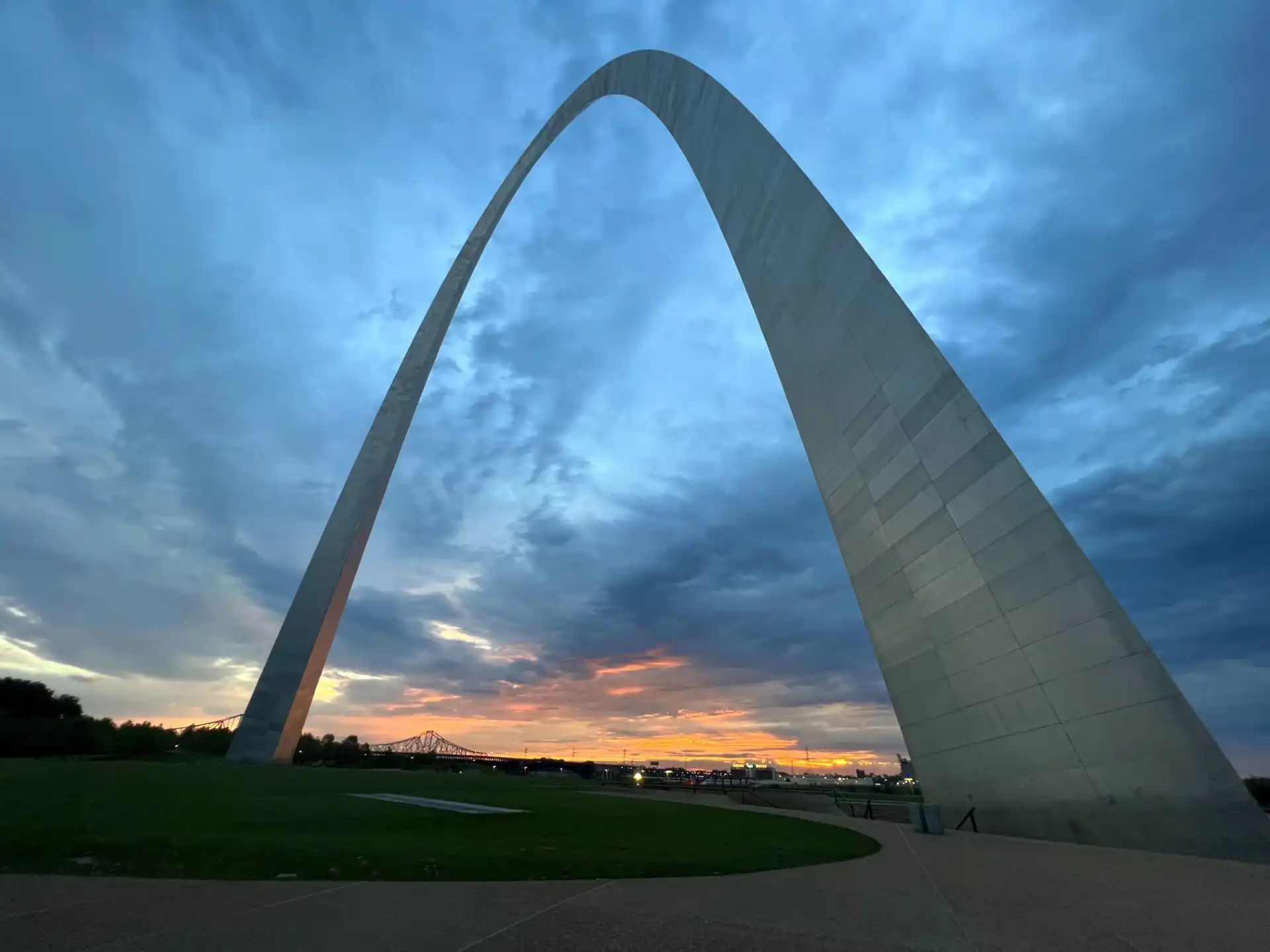
The Gateway Arch was designed by Finnish-American architect Eero Saarinen and German-American engineer Hannskarl Bandel in 1947 as a result of a national design competition. Saarinen's design for a giant stainless steel arch, 630 feet (approximately 192 meters) high, was chosen from the many proposals submitted. This design stood out for both its simple geometry and its symbolic power, becoming a powerful metaphor for America's westward expansion.
Construction of the arch began on February 12, 1963, and was completed on October 28, 1965, at a cost of approximately $13 million (approximately $97 million in today's values). The structure was opened to the public on May 25, 1968. This architectural landmark cemented its place in popular culture when it was ranked 14th on the list of “America’s Favorite Works of Architecture” by the American Institute of Architects (AIA) in 2007. The Gateway Arch is notable not only for its physical size but also as an iconic structure etched into Americans’ history and collective memory.
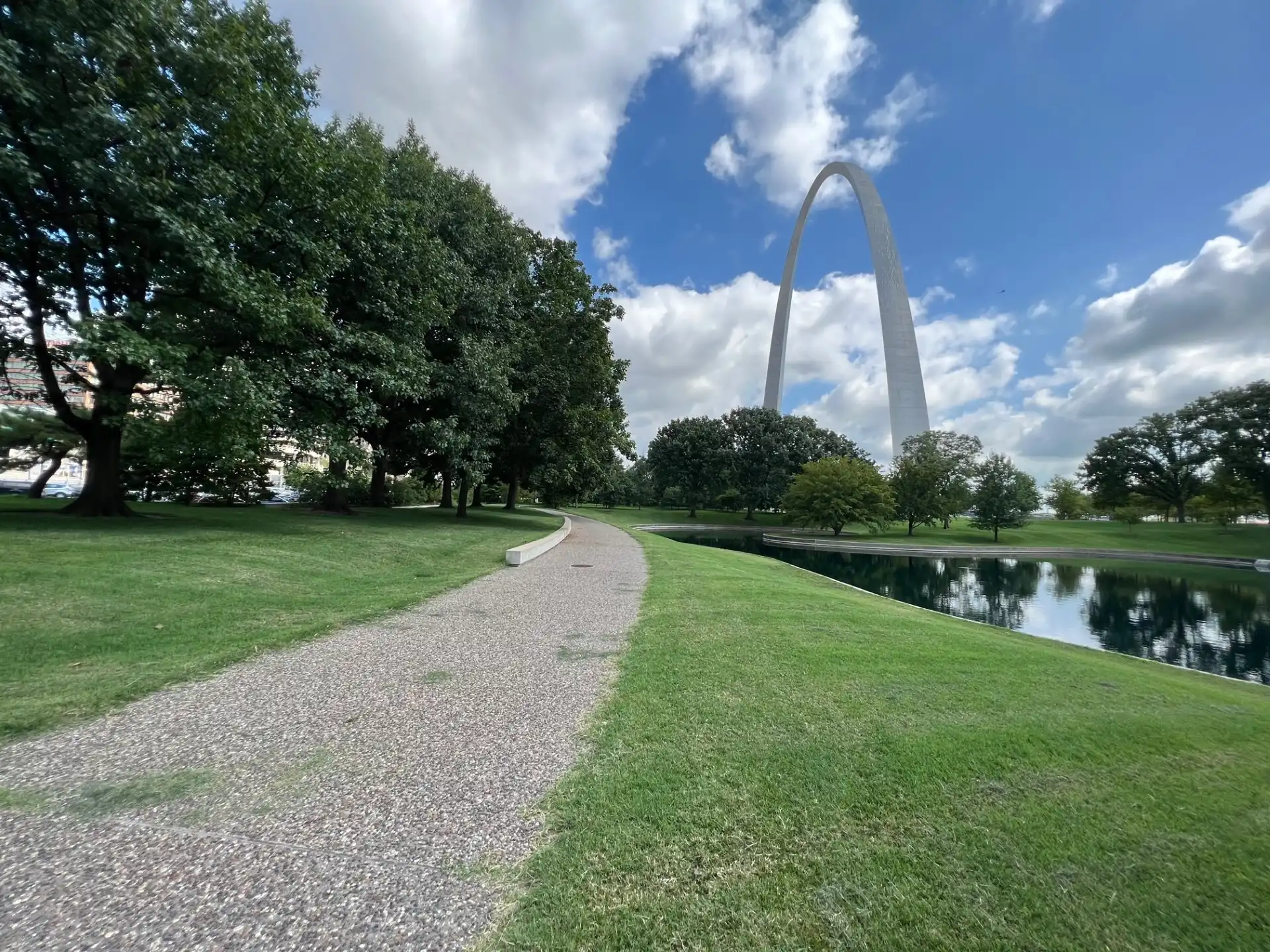
Steel and concrete were used as basic structural materials in the construction of the Gateway Arch. The outer surface is covered with 6.35 mm-thick stainless steel panels, while the inner part is 9.52 mm-thick structural steel. Concrete fillings between these two steel layers provide high durability. The structure consists of steel triangles with a total of 142 sections; these triangles take a narrowing form as the structure rises, creating the iconic silhouette of the arch. Giant tower cranes were used to place the sections, and the section of the arch that sits on the ground was excavated to a depth of 18.3 meters to lay solid foundations.
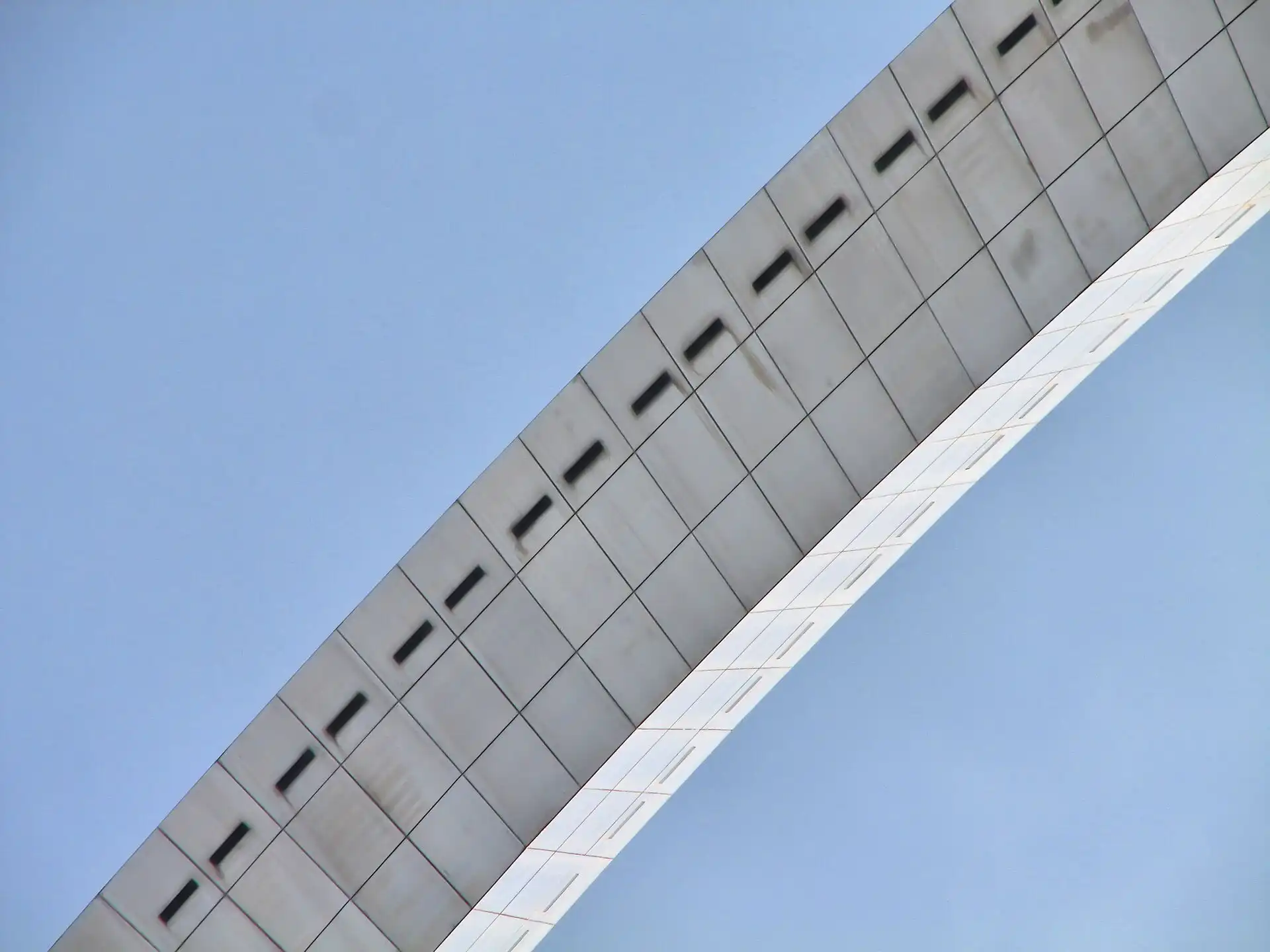
Weighing a total of 43,226 tons, this giant structure was designed to be very light, with 900 tons of stainless steel. The reason for this is that the interior of the arch is not completely solid but is planned to be hollow. This design, which reflects an understanding beyond its time in terms of both engineering and aesthetics, not only created a strong visual impact but also became groundbreaking in terms of structural efficiency.
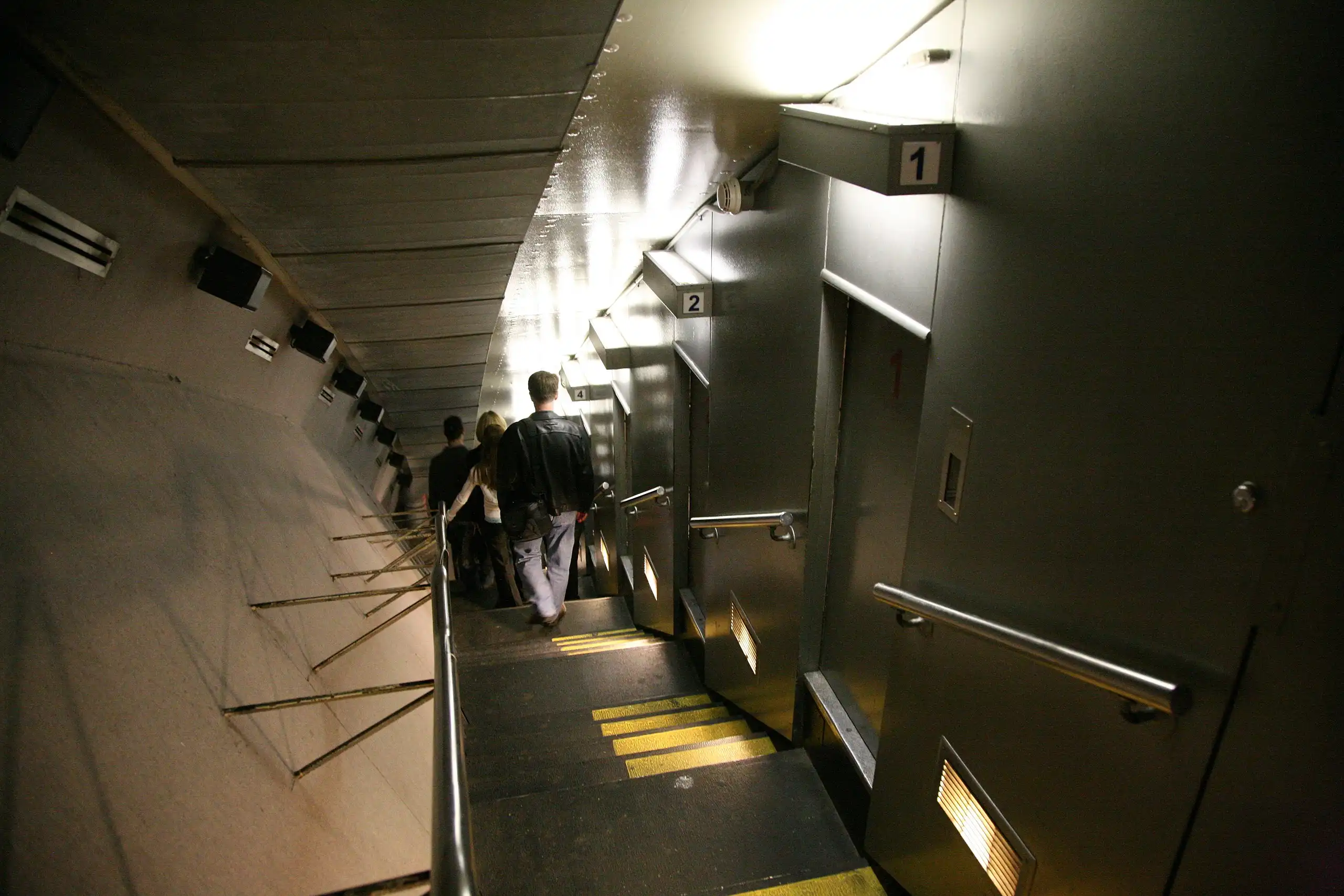
The interior of the Gateway Arch is designed to be hollow, both to increase structural efficiency and to provide access for visitors. This hollow structure allows for a special tram system to be placed inside the arch. Visitors can reach the top of the arch by tram in approximately 4 minutes. There are sixteen windows on each side of the observation area at the top of the arch. On a clear day, this point offers views of approximately 50 kilometers away. The tram system inside the structure is a combination of a classic elevator and a rotary motion; the system uses a special mechanism that requires the capsules to rotate to adapt to the arch's curved structure.
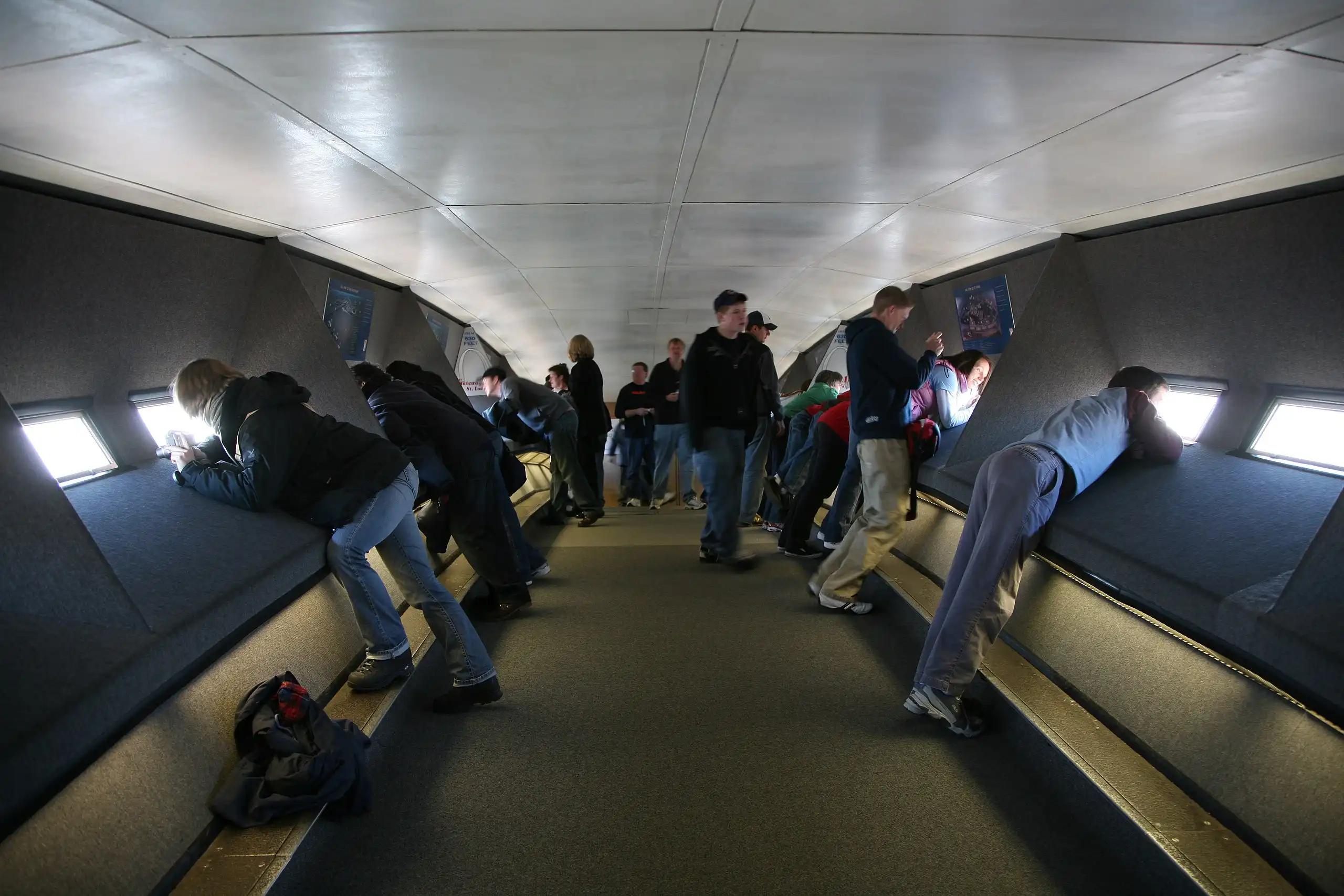
Despite its elegant and fluid form, the Gateway Arch is a very solid structure. Designed to withstand natural events such as earthquakes and winds, the arch is theoretically flexible enough to oscillate up to 18 inches (approximately 45 cm). However, even an 80 km/h wind can only move it about 4 cm. This shows how solid the structure is in terms of engineering. The sections of the structure were designed in the form of an equilateral triangle, and this geometry was shaped by a special mathematical equation developed by civil engineer Hannskarl Bandel. The Gateway Arch, which opened to the public in June 1967, continues to be both an architectural and cultural attraction, attracting more than 4 million tourists each year.
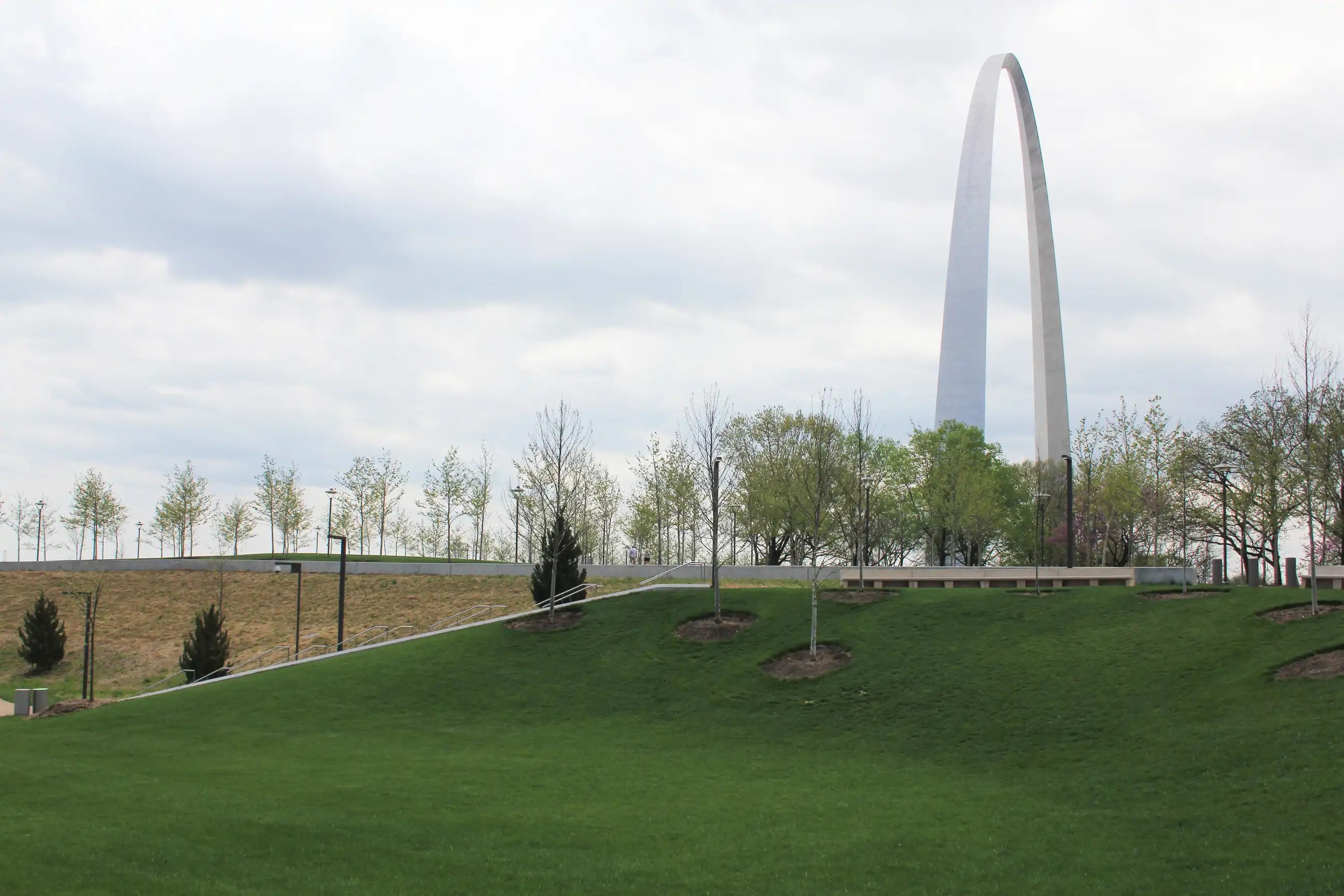
The Gateway Arch is not only an architectural masterpiece but also an iconic expression of America’s westward expansion. Honoring Thomas Jefferson’s vision of a transcontinental nation, this monument combines the past and the future with Eero Saarinen’s pioneering design. Each year, millions of visitors from around the world take a tram ride to the top of this impressive structure to experience the “Gateway to the West.” Today, Gateway Arch National Park continues to be a historical and cultural attraction, including the arch itself, the historic Old Courthouse, and the surrounding natural areas. Scenic riverside boat tours complete this architectural and historical experience, making it an unforgettable stop for anyone visiting St. Louis.
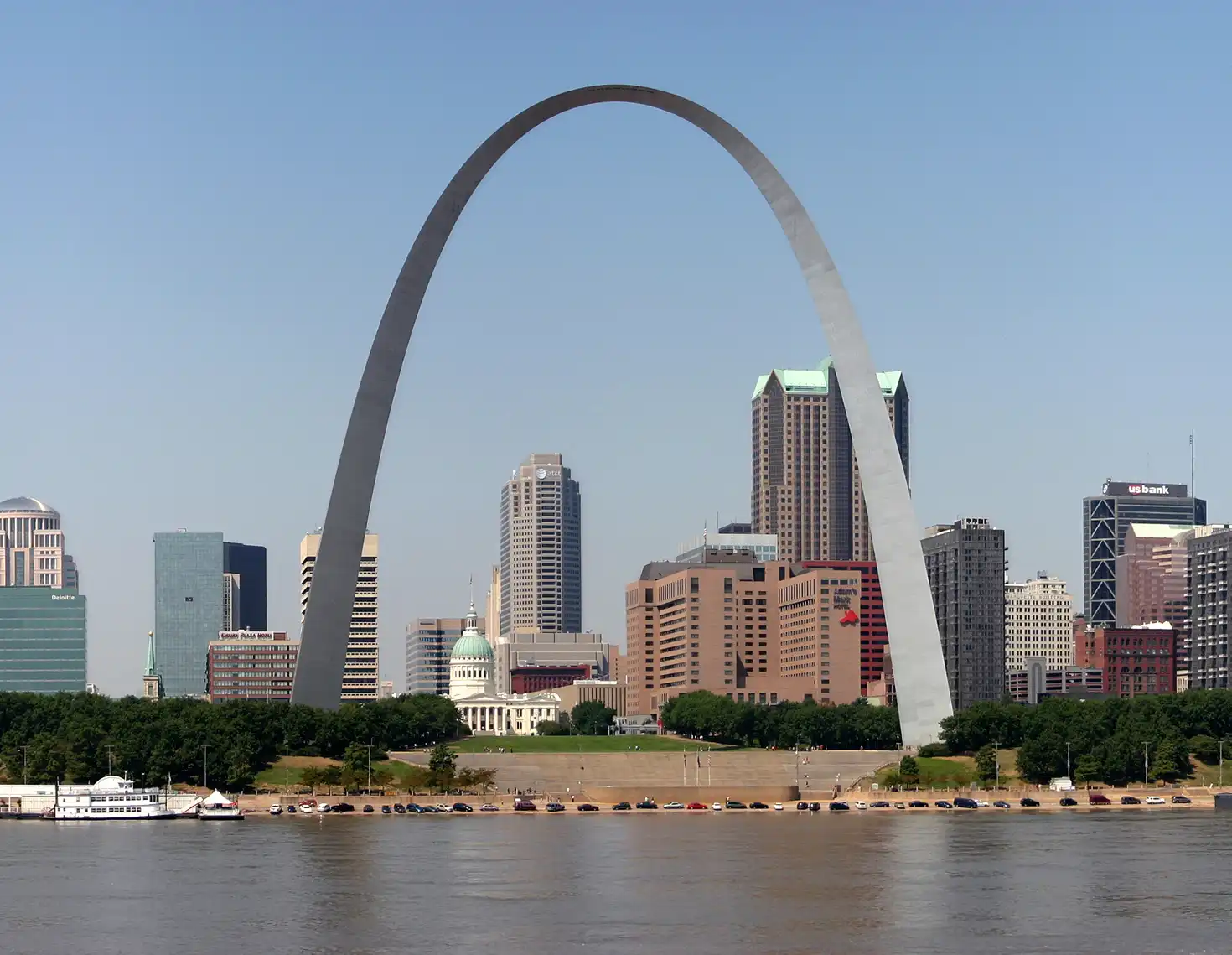
You must be logged in to comment.